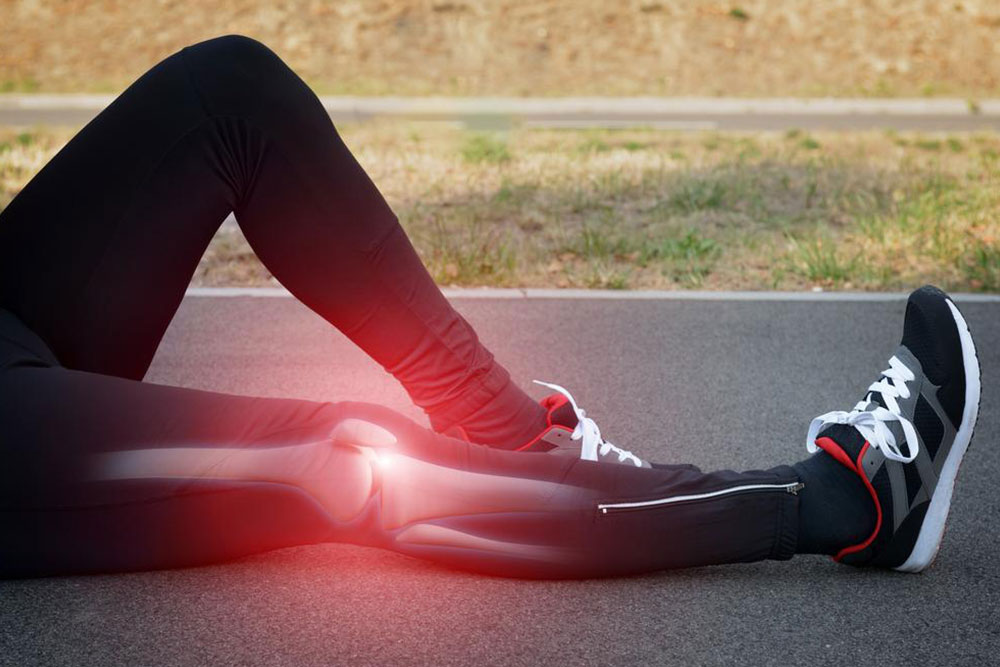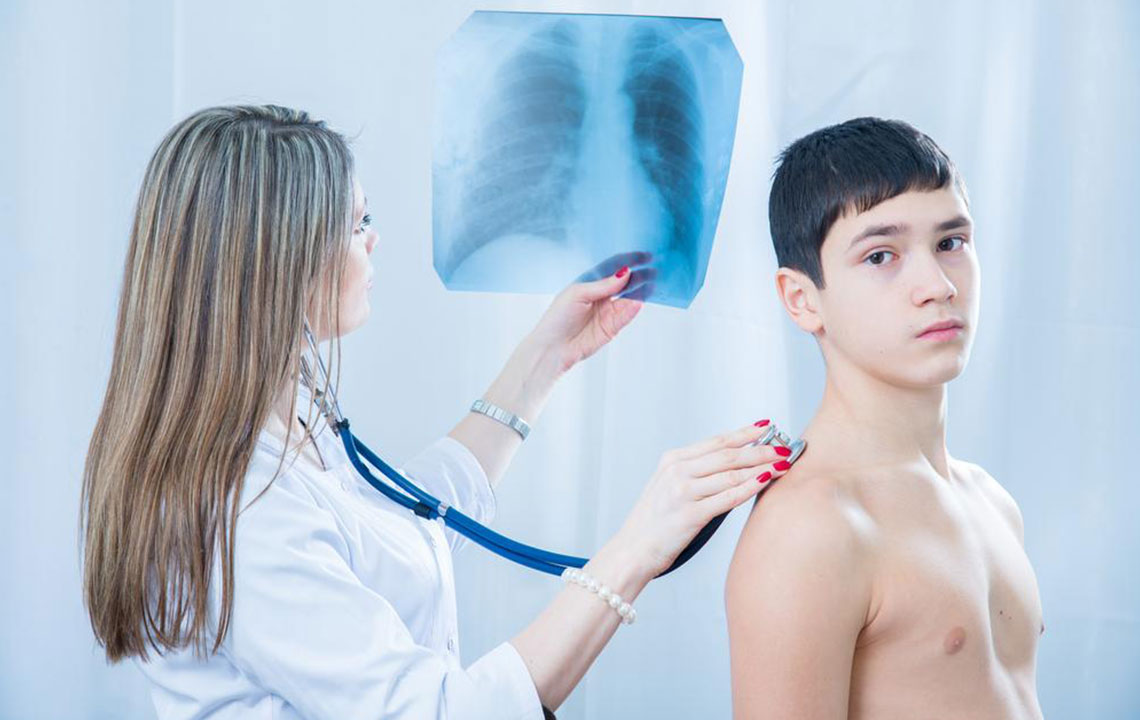Comprehensive Guide to Leg Discomfort: Causes, Symptoms, Treatments, and Prevention
This comprehensive article explores the causes, symptoms, and remedies for leg discomfort. It covers muscular, circulatory, skeletal, and nerve-related issues, providing practical home remedies and when to seek medical help. Learn effective prevention tips to maintain healthy legs and improve mobility with expert insights and detailed advice suitable for all age groups.

Comprehensive Guide to Leg Discomfort: Causes, Symptoms, Treatments, and Prevention
Leg discomfort is a widespread issue affecting individuals across all age ranges, from children to seniors. Although often perceived as a problem exclusive to older adults, a variety of factors can cause leg pain and discomfort in younger populations as well. Recognizing the underlying causes, identifying key symptoms, and understanding effective treatment options are crucial steps toward alleviating this condition. This expansive guide aims to provide detailed insights, practical remedies, and preventive measures, empowering readers to manage leg discomfort effectively and improve their overall quality of life.
Leg discomfort can manifest in numerous ways, including dull aches, sharp pains, muscle cramps, numbness, or swelling. These symptoms may stem from temporary issues like muscle fatigue or more serious conditions that require medical intervention. Understanding the root causes helps with accurate diagnosis and targeted treatment, minimizing discomfort and preventing complications. Whether it’s due to lifestyle factors, medical conditions, or sports injuries, this guide covers everything you need to know about leg discomfort.
Major Causes of Leg Discomfort
Leg discomfort can arise from diverse sources, broadly categorized into muscular, circulatory, skeletal, neurological, and traumatic origins. The following sections elaborate on the primary causes, providing clarity on how each contributes to discomfort and how they might be distinguished from one another.
Muscle-Related Causes
Muscle Cramps (Charley Horses): Sudden, involuntary muscle contractions in the calves or thighs are among the most common causes of leg pain. These cramps often occur during the night or after intense physical activity. They are frequently caused by dehydration, electrolyte imbalances, fatigue, or poor circulation, and can last from a few seconds to several minutes. Proper hydration, stretching, and ensuring adequate intake of minerals like potassium and magnesium can help prevent cramps.
Circumstances Leading to Circulatory Problems
Poor Blood Circulation (Peripheral Arterial Disease): Reduced blood flow to the legs due to narrowed arteries can cause pain, especially during exertion. Symptoms include cramping in the calves, cold feet, and leg numbness. Lifestyle modifications and medications can improve blood flow, but severe cases may require surgical intervention.
Deep Vein Thrombosis (DVT): A dangerous condition where blood clots form in deep veins, primarily in the legs. DVT often results from prolonged immobility, such as long flights or bed rest. Symptoms include swelling, redness, warmth, and pain in the affected leg. If untreated, DVT can lead to pulmonary embolism, a life-threatening complication. Immediate medical attention is essential for diagnosis and treatment with anticoagulants.
Skeletal and Soft Tissue Injuries
Shin Splints: Common among runners and athletes, shin splints refer to pain along the front inner edges of the lower legs due to overuse or trauma. The condition involves inflammation of muscles, tendons, and bone tissue, often caused by high-impact activities or improper footwear.
Bone Fractures and Stress Fractures: Trauma from falls, accidents, or repetitive stress can cause fractures in the leg bones, resulting in intense pain, swelling, and possible deformity. Stress fractures develop gradually due to repetitive loading, and their pain worsens with activity.
Hamstring Strain: Sudden overstretching or tearing of the hamstrings during activities like running or jumping can cause extensive rear thigh discomfort, swelling, and decreased mobility. Rest, ice, compression, and physical therapy are typically recommended for recovery.
Neurological Causes
Sciatic Nerve Pain (Sciatica): Nerve compression from herniated discs or muscle spasms in the lower back can radiate pain down the legs, often accompanied by tingling, numbness, or muscle weakness. Addressing spinal issues and targeted nerve treatments are essential for relief.
Recognizing the Symptoms of Leg Discomfort
Symptoms vary depending on the cause but commonly include swelling, redness, warmth, tenderness, and skin discoloration in the leg area. Numbness, tingling sensations, muscle weakness, or cramps are typical indicators of nerve or muscular issues. Some cases exhibit systemic symptoms like fever or chills, indicating infection or inflammation. Proper identification of symptoms is vital to determine the underlying cause and choose appropriate treatment methods.
Effective Treatments and Remedies for Leg Discomfort
The management of leg discomfort often begins with home-based strategies aimed at alleviating pain and promoting healing. For persistent or severe symptoms, consulting healthcare professionals becomes necessary. Below are some practical measures to manage and prevent leg discomfort.
Home Remedies and Lifestyle Modifications
Stretching and Gentle Exercise: Regular stretching exercises targeting leg muscles help prevent cramps and stiffness. Gentle walking on heels or toes, calf stretches, and hamstring stretches can improve flexibility. Engaging in low-impact activities like swimming or cycling supports circulation without overstraining muscles.
Massage and Application of Warm or Cold Compresses: Massaging affected muscles can reduce tension and promote blood flow. Applying ice packs reduces inflammation and swelling, especially after injuries, while warm compresses relax tense muscles and ease stiffness. Alternating between cold and warm therapy can be highly effective.
Hydration and Nutrition: Drinking plenty of water and maintaining a balanced diet rich in vitamins and minerals are critical in preventing cramps and supporting muscle function. Foods high in potassium, magnesium, and calcium contribute to muscular health.
The RICE Protocol (Rest, Ice, Compression, Elevation): For injuries like strains, sprains, or fractures, following the RICE method accelerates recovery. Resting the affected limb, applying ice to minimize swelling, using compression bandages, and elevating the leg above heart level help manage acute pain and inflammation.
Medical Interventions and Preventive Measures
For persistent issues or conditions like DVT or severe cramps, medical intervention becomes necessary. Treatments may include medications, physical therapy, or surgical options depending on severity. Preventive measures include maintaining an active lifestyle, avoiding prolonged immobility, quitting smoking, controlling cholesterol and blood sugar levels, and wearing appropriate footwear.
Early diagnosis and appropriate management are key to preventing complications and ensuring a swift recovery from leg discomfort. Regular health checkups, especially for at-risk populations like diabetics or hypertensive patients, are recommended.
In conclusion, understanding the diverse causes of leg discomfort, recognizing the symptoms, and adopting comprehensive treatment and preventive strategies can significantly improve quality of life. Whether through simple home remedies or professional medical care, effective management of leg issues leads to healthier, more comfortable living.





